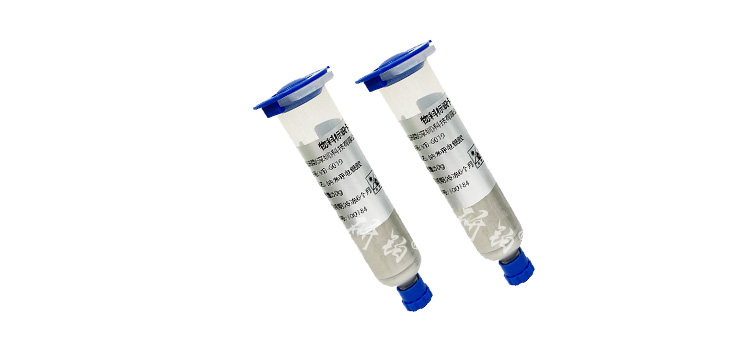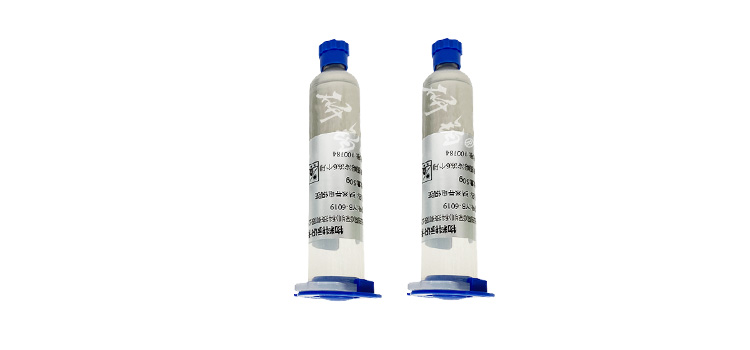

Hotline:0755-22277778
Tel:0755-22277778
Mobile:13826586185(Mr.Duan)
Fax:0755-22277776
E-mail:duanlian@xianjinyuan.cn
Conductive silver adhesiveDue to its excellent conductivity and adhesive strength, it has been widely used in the field of electronic packaging. However, in practical applications, conductive silver paste may have compatibility issues with different types of electronic components, which are often related to differences in material properties. This article explores the compatibility issues of conductive silver paste on different electronic components through experimental data, and proposes corresponding solutions.
The conductive silver paste used in this experiment isResearch Platinum YB6019 Nano Conductive Silver AdhesiveProvided by Advanced Institute (Shenzhen) Technology Co., Ltd. The experiment aims to explore the compatibility between different types of electronic components and conductive silver paste. The experimental materials include but are not limited to copper foil, aluminum foil, ceramic substrates, PCB boards, etc. All materials undergo strict surface treatment before the experiment to remove oil stains and other impurities.
In order to study the compatibility of conductive silver paste on different electronic components, we prepared four different materials of electronic component samples and conducted the following tests:
Each sample was cured under the same conditions and tested for conductivity and adhesive strength after curing.
Through conducting conductivity tests on four different material samples, we found that different materials have an impact onConductive silver adhesiveThe conductivity has a significant impact. The specific data is as follows:
From the data, it can be seen that copper foil and PCB board have the best conductivity, while aluminum foil and ceramic substrate have slightly poorer conductivity. This may be due to the tighter bonding between copper and PCB materials and silver paste, forming a better conductive path, while the characteristics of aluminum foil and ceramic substrate surfaces lead to a decrease in the adhesion and conductivity of silver paste.
We have also observed a similar trend in adhesive strength testing. The adhesive strength of sample A is the highest, at 4MPa; The adhesive strength of sample B is 2.5 MPa; Sample C reached 3MPa; The adhesive strength of sample D is 3.5 MPa.
From this, it can be seen that the bonding strength on copper foil is the highest, while the bonding strength on aluminum foil is relatively low. This may be due to the oxide layer on the surface of aluminum foil affecting the adhesion of silver paste, while ceramic substrates and PCB boards, although not as good as copper foil, still exhibit good adhesion performance.
Through the analysis of the above experimental data, we can draw the following conclusions:

In order to improve the compatibility of conductive silver paste on different electronic components, we suggest taking the following measures:
From the above experimental data, it can be seen that,Conductive silver adhesiveThe compatibility issues on different electronic components mainly stem from differences in material properties. By optimizing surface treatment, adjusting formulations, and improving curing processes, the compatibility of conductive silver paste on different materials can be effectively improved, ensuring its reliability and performance in practical applications.
The above data is for reference only, and specific performance may vary due to production processes and product specifications.

Advanced Institute (Shenzhen) Technology Co., Ltd, © two thousand and twenty-onewww.leird.cn. All rights reservedGuangdong ICP No. 2021051947-1 © two thousand and twenty-onewww.xianjinyuan.cn. All rights reservedGuangdong ICP No. 2021051947-2